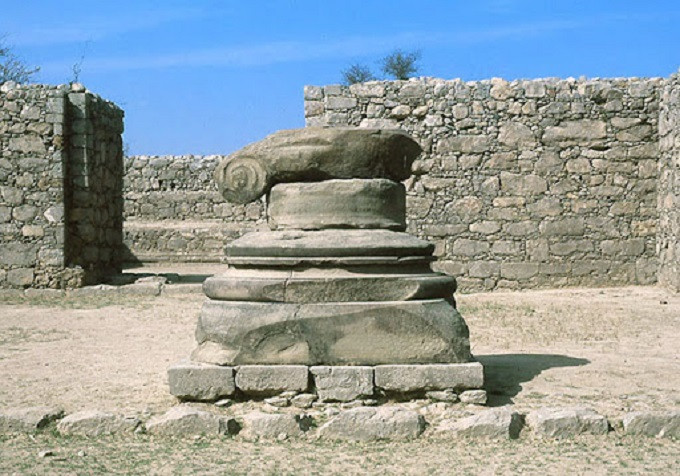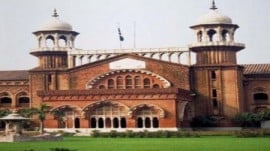
The vertical white stripe on the flag of Pakistan symbolises much more than a mere acknowledgement of the existence of minorities in the country; it embodies the state’s promise and determination to safeguard the rights of non-Muslims, including the liberty to practice their faith freely.
If asked, a conventional Muslim man living in Pakistan would probably mention Christians, Hindus and Buddhists as the religious minorities in the region.
However, the followers of Zoroastrianism – more commonly known as Parsi in the sub-continent – are very much a part of Pakistan as well. A small part, but significant in their standing in society.
Zoroastrianism is considered one of the world’s oldest monotheistic – believing in the oneness of God – religions, based on the teachings of the Persian-speaking prophet Zoroaster.
Parsi are often erroneously described as fire-worshippers; Zoroastrians regard fire as a pure element representing the light of their supreme being Ahura Mazda (Wise Lord). While their temples do house sacred fires that are never extinguished, it is not an object of worship for them.
The ancient faith has been around for almost 4,000 years, with its origins traced back to Persia (present day Iran). Currently, the estimated number of Zoroastrians around the world is nearly 130,000, with just over a thousand living in Pakistan.
Read Senate panel ‘turns down’ bill on minorities rights
The remains of an old Zoroastrian temple are still present to this date near Taxila, some 40km away from federal capital Islamabad. The site was excavated in 1912–1913 by the Archaeological Survey of India under John Marshall.
The Jandial Temple, standing 158 feet high and 85 feet wide, dates back to the 1st century BC and stands on an artificial mound. It was modelled on the Classical temples of ancient Greece and consists of a central shrine with four Ionic columns, veranda, entrance hall, a back room and a walkway around the temple.
Limestone and kanjur (a porous sedimentary stone) were the main materials used to build the structure, with plaster that once covered the facade now barely visible in patches. Meanwhile, the pillars and columns were made with sandstone.
The outer walls of the temple are interspersed with eight windows to let plenty of light and air in. The entire structure is now in ruins due to constant exposure to varying weather conditions and little to no preservation of the site.
Due to its international significance as the only ancient Parsi temple of its kind in South Asia and its striking Greek features, the Jandial Temple has been on the World Heritage List since 1980. Unfortunately, no significant steps have been taken for its rehabilitation.
Historian and Gandhara Civilisation expert Dr Nadeem Tarar said that it is the only Greek-style Parsi temple in the region, and is losing its identity because of departmental inaction.
When contacted, archaeological department field officer Syed Gul Kelash said that their department in Khyber Pakhtunkhwa has always attempted to promote religious tourism and restore heritage sites.
She said that a plan for the restoration of Jandial Temple has been formulated and steps in this regard will be taken soon.
Published in The Express Tribune, November 8th, 2021.





















COMMENTS
Comments are moderated and generally will be posted if they are on-topic and not abusive.
For more information, please see our Comments FAQ